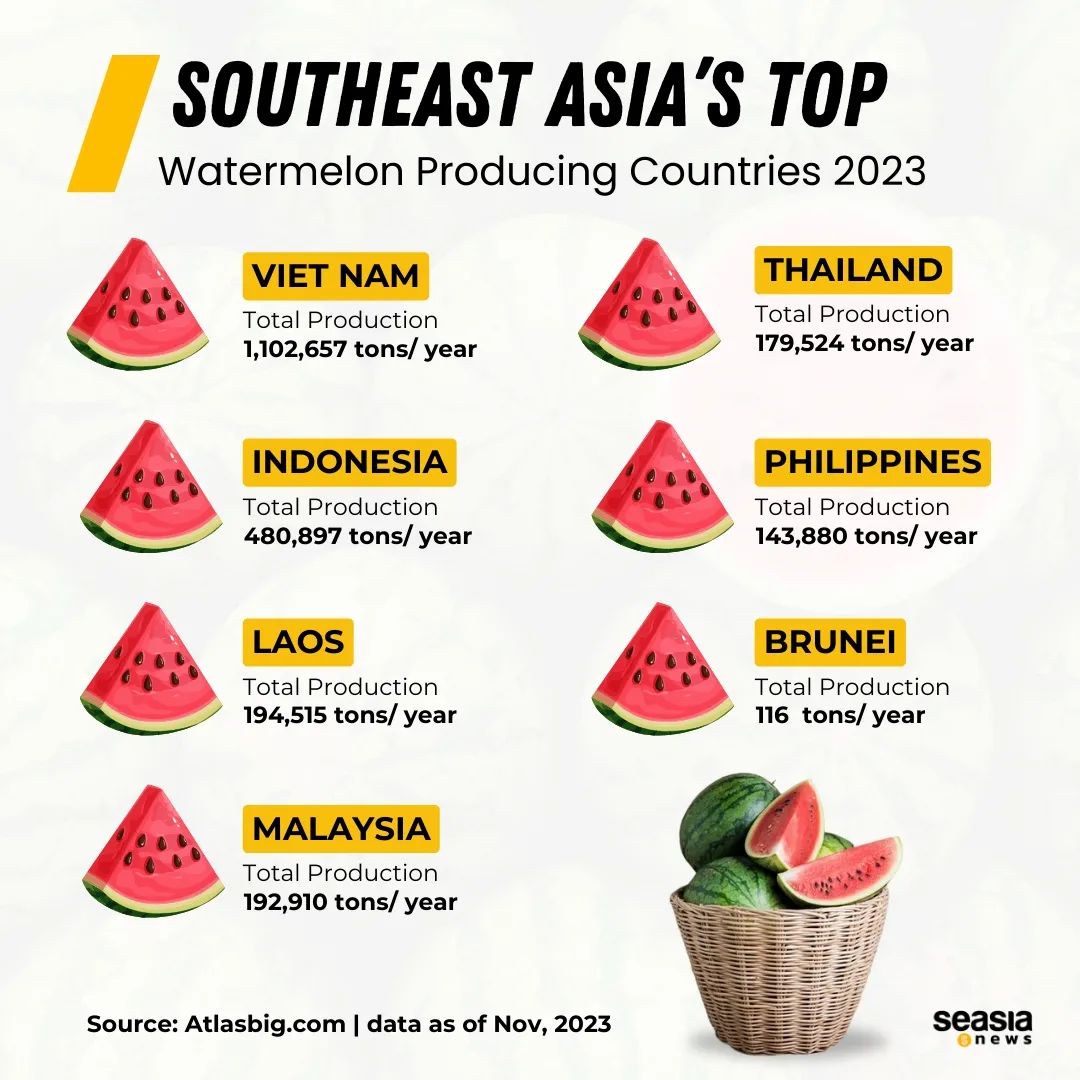The watermelon emoji and images have been extensively spread in recent months, both on social media and during the long march protests, as a means of expressing solidarity with Palestine. The fruit, indeed, has symbolized the Palestinian flag for over half a century, indicating its imagery is not a recent phenomenon.
It first appeared after Israel's Six-Day War conquest of the West Bank and Gaza and the annexation of East Jerusalem in 1967. The Israeli government then deemed the public display of the Palestinian flag an illegal and criminal act in Gaza and the West Bank.
The Palestinians subsequently carried sliced watermelon across the region to evade the prohibition and as a gesture of resistance. This is because, once split open, the fruit reveals the red, black, white, and green colors of the Palestinian flag.
Long before the fruit emerged as their emblem of defiance and persistence, however, it has long been regarded as an integral part of the Palestinians' tapestry culture and cuisine. Watermelon has been the preferred crop for centuries among Palestinian generations. While we enjoy it in its pure form, it serves as a key ingredient in a myriad of their distinctive and exceptional delicacies.
In a recent report by AtlasBig.com, despite grappling with enduring conflicts, Palestine remains contributing to global watermelon production at 14,244 tons per year, amidst roughly 100 million tons of worldwide production. It, therefore, secured the 80th spot out of 126 countries. The leading global producer, China, stands at the forefront, boasting an astounding annual yield of 79.2 million tons.
In Southeast Asia, there is only one nation that has placed a coveted spot among the world's top 20 watermelon producers. Which nation do you believe it to be?
Viet Nam is the number one watermelon producer in Southeast Asia, ranking 13th globally for resulting 1,102,657 tons per year. This figure is then followed by Indonesia's annual production of 480,897 tons per year, which ranks 24th globally.
Laos and Malaysia each reported an approximate annual yield of 190,000 tons, solidifying their positions as the 3rd and 4th top producers in the region, respectively. Globally, Laos ranks 40th, while Malaysia ranks 46th.
Ranked fifth is Thailand, with almost 180,000 tons of production per year, followed by the Philippines at sixth, which produces slightly under 144,000 tons per year. Brunei has the lowest production, at 116 tons per year.
However, the source does not record any data on any other Southeast Asian countries not listed in the aforementioned infographics.
Source: AtlasBig.com, Vice.com, Time.com, WashingtonPost.com.




















